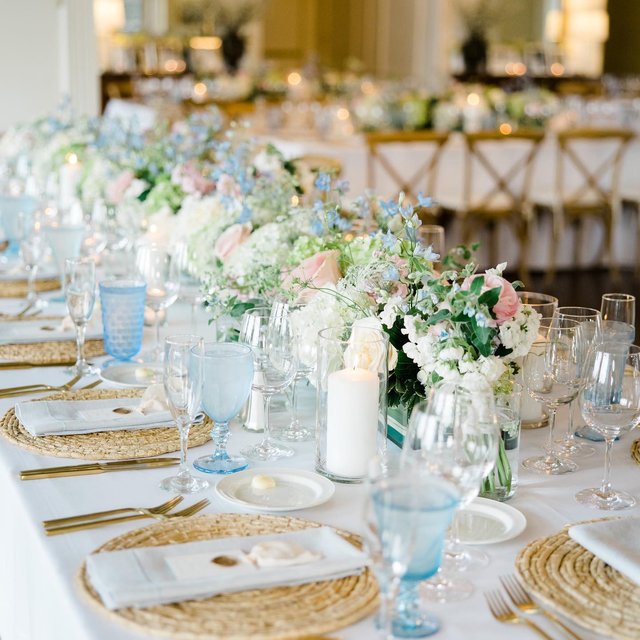Bed Linen Fabric Developments: Discovering Modern Trends and Creative Applications in Style and Textile Industry
From lasting manufacturing methods to sophisticated weaving technologies, the development of bed linen is reshaping the landscape of the fabric market. As we dig into the realms of innovative design applications and the emergence of bed linen blends and crossbreed materials, a new chapter unfolds in which bed linen's duty in future fabric technologies takes center phase.
Sustainable Practices in Bed Linen Manufacturing
Lasting practices in linen manufacturing have ended up being increasingly crucial in the fabric industry's efforts to reduce environmental influence and advertise honest sourcing techniques. Linen, a natural fiber acquired from the flax plant, uses a series of advantages such as breathability, biodegradability, and sturdiness. However, typical approaches of bed linen manufacturing can include considerable water consumption, chemical usage, and energy-intensive procedures.
To address these difficulties, many fabric suppliers are taking on sustainable methods throughout the bed linen production procedure. This includes sourcing flax from natural ranches that avoid dangerous chemicals and chemicals, executing water-efficient retting methods to remove fibers from the flax stalks, and utilizing green dyes and coatings. Furthermore, some business are spending in sustainable energy resources to power their manufacturing centers and decreasing waste through recycling and upcycling initiatives.
Technical Advancements in Linen Weaving
With the growing emphasis on sustainable practices in linen production, the textile industry is now observing a surge in technical innovations particularly targeted at transforming the art of linen weaving. These developments are reshaping the means linen fabrics are generated, providing boosted performance, quality, and creativity in weaving techniques.
One of the crucial technical improvements in bed linen weaving is the assimilation of computerized looms. These innovative looms are furnished with software program that allows for detailed and complex layouts to be woven with precision. By digitizing the weaving process, manufacturers can attain higher consistency and precision in their bed linen fabrics.
In addition, improvements in thread spinning innovation have enabled the manufacturing of finer and more sturdy bed linen threads - table cloths. This results in softer and smoother linen materials that retain their top quality also after several usages and cleans
In addition, the growth of environmentally friendly dyeing processes and surfaces for linen fabrics is getting traction. These lasting methods not only lower the environmental impact yet likewise cater to the raising consumer need for fairly produced fabrics.
Creative Design Applications for Linen
Cutting-edge creative approaches are progressively shaping the imaginative design applications for bed linen in the fabric market. Bed linen's natural visual charm and ability to mix with other fabrics make it a preferred choice for developing distinct garments and accessories that provide to the environmentally conscious consumer.
Additionally, developers are explore bed linen in home decor, utilizing its long lasting and breathable nature to craft fashionable home furnishings such as drapes, bedding, and upholstery. The texture and drape of linen bring a sense of class and convenience to interior spaces, adding a touch of elegance to modern homes.

Linen Blends and Hybrid Fabrics

Hybrid materials, on the other hand, take the principle of mixing a step better by integrating additional components such as metallic strings, recycled materials, or conductive fibers. These innovative textiles not only expand the layout opportunities but additionally introduce useful elements like conductivity, antimicrobial residential properties, or enhanced durability. Crossbreed fabrics are progressively being utilized in numerous industries, consisting of style, interior layout, and technical fabrics, where the demand for multifunctional materials gets on the rise.
Bed linen's Duty in Future Textile Innovations

In the world of future fabric innovations, linen is expected to be a principal in the development of sophisticated practical textiles. Designers and researchers are exploring means to boost bed linen's inherent qualities with technological improvements, such as including clever fabrics, nanotechnology, and efficiency coatings. These innovations aim to elevate linen's performance features, making it i loved this suitable for a wider series of applications, from activewear to safety clothes.
In addition, the mix of linen with other all-natural or artificial fibers opens endless opportunities for developing unique fabrics with distinct buildings and functionalities. By leveraging linen's characteristics and checking out innovative blends, the textile market is poised to introduce interesting growths that provide to evolving customer requirements and sustainability demands.
Verdict
In conclusion, the expedition of lasting methods, technological advancements, innovative style applications, linen blends, and its role in future fabric advancements highlight the constant evolution of bed linen material in the modern layout and textile industry. With an emphasis on advancement and creativity, the versatility and environmentally friendly nature of linen make it a beneficial material for developers and makers alike, leading the way for additional developments and innovations in the field of fabrics.
As we delve right into the realms of imaginative style applications and the emergence of bed linen blends and crossbreed materials, a brand-new chapter unravels in which linen's function in future textile advancements takes center stage.
Discovering the combination of bed linen with other materials has actually led to the advice introduction of innovative blends and crossbreed fabrics in the contemporary fabric sector. Linen blends use an unique mix of the features of linen with those of various other fibers, resulting in textiles that possess improved residential properties such as enhanced toughness, improved draping, and minimized wrinkling.The advancement of linen blends and hybrid materials has actually established the stage for Linen to play an essential duty in driving future textile developments.In the world of future fabric developments, bed linen is anticipated to be a key player in the advancement of innovative useful fabrics.